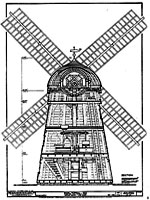US Capitol Historical Society [DC]
The US Capitol Historical Society was chartered by Congress in 1962 in order to educate the public on the history and heritage of the U.S. Capitol building. The society primarily works to further academic research regarding the capitol, but also offers educational tours and outreach programs.
The website offers information regarding society programs, an events calendar, online exhibits, and a history of the capitol building.
